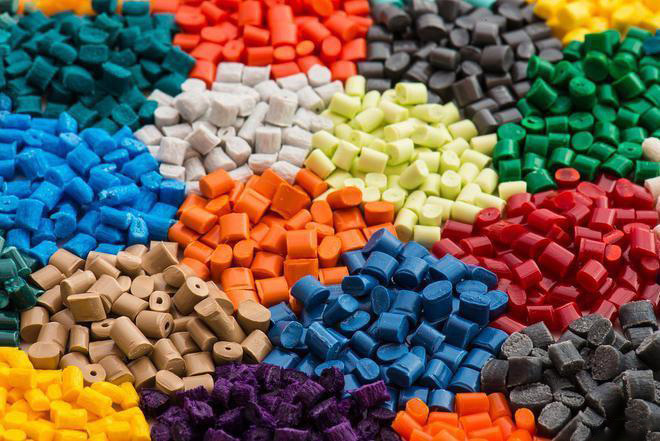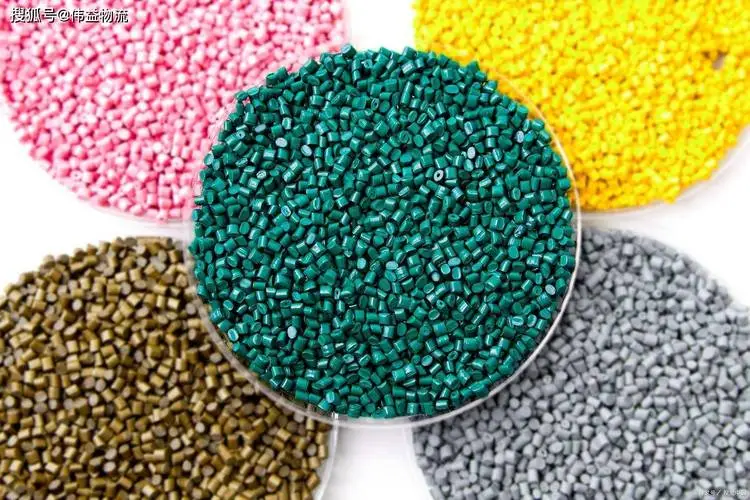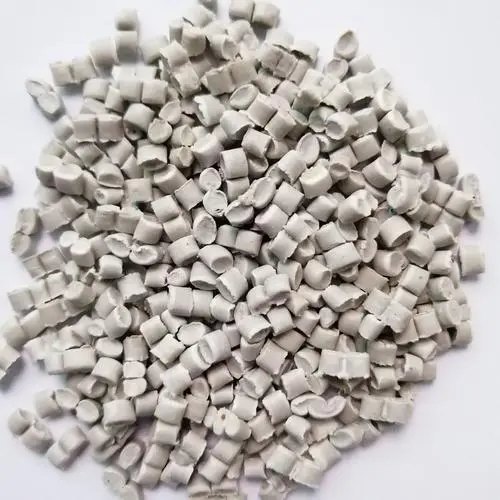Detailed explanation of plastic masterbatch production technology
Release Time:
May 23,2024
Detailed explanation of plastic masterbatch production technology Plastic masterbatch production technology plays a crucial role in the manufacturing of plastic products. Masterbatch is a concentrated mixture of pigments or additives encapsulated into a carrier resin. It is used to impart color, enhance properties, or improve processing conditions in plastic materials. In this article, we will delve into the detailed explanation of plastic masterbatch production technology.

Raw materials are the foundation of plastic masterbatch production. The main components include pigments, additives, and carrier resins. Pigments provide color to the masterbatch, while additives enhance specific properties such as UV resistance, flame retardancy, or antistatic properties. Carrier resins act as the base material that encapsulates the pigments and additives. The selection of raw materials is crucial in determining the quality and performance of the masterbatch.
The production process of plastic masterbatch involves several key steps. The first step is compounding, where the raw materials are mixed in specific ratios to achieve the desired color and properties. This mixture is then heated and melted in an extruder to form a homogeneous blend. The molten compound is then cooled and cut into pellets to create the masterbatch.
Quality control is an essential aspect of plastic masterbatch production. Various tests are conducted throughout the production process to ensure the quality and consistency of the masterbatch. These tests include color matching, dispersion testing, and properties evaluation. Any deviations from the specification are identified and corrected to maintain the quality standards.
The application of plastic masterbatch extends to a wide range of industries, including packaging, automotive, construction, and consumer goods. Masterbatch is used in various plastic products such as films, bottles, pipes, and household appliances. It offers benefits such as improved color consistency, enhanced properties, and cost-effectiveness.
In conclusion, plastic masterbatch production technology is a complex yet essential process in the plastics industry. By understanding the raw materials, production process, quality control, and applications of masterbatch, manufacturers can create high-quality plastic products with specific color and properties. Masterbatch plays a vital role in enhancing the performance and aesthetics of plastic materials, making it a valuable component in various industries.
Keywords:
More information






